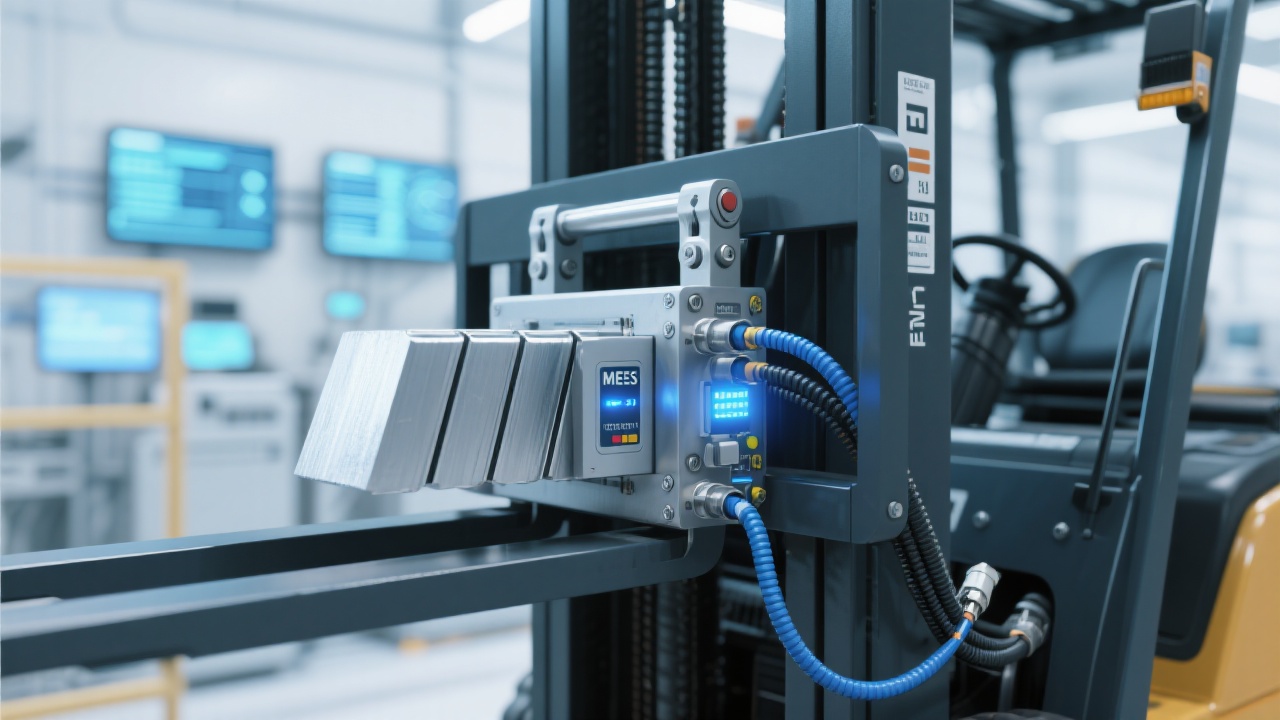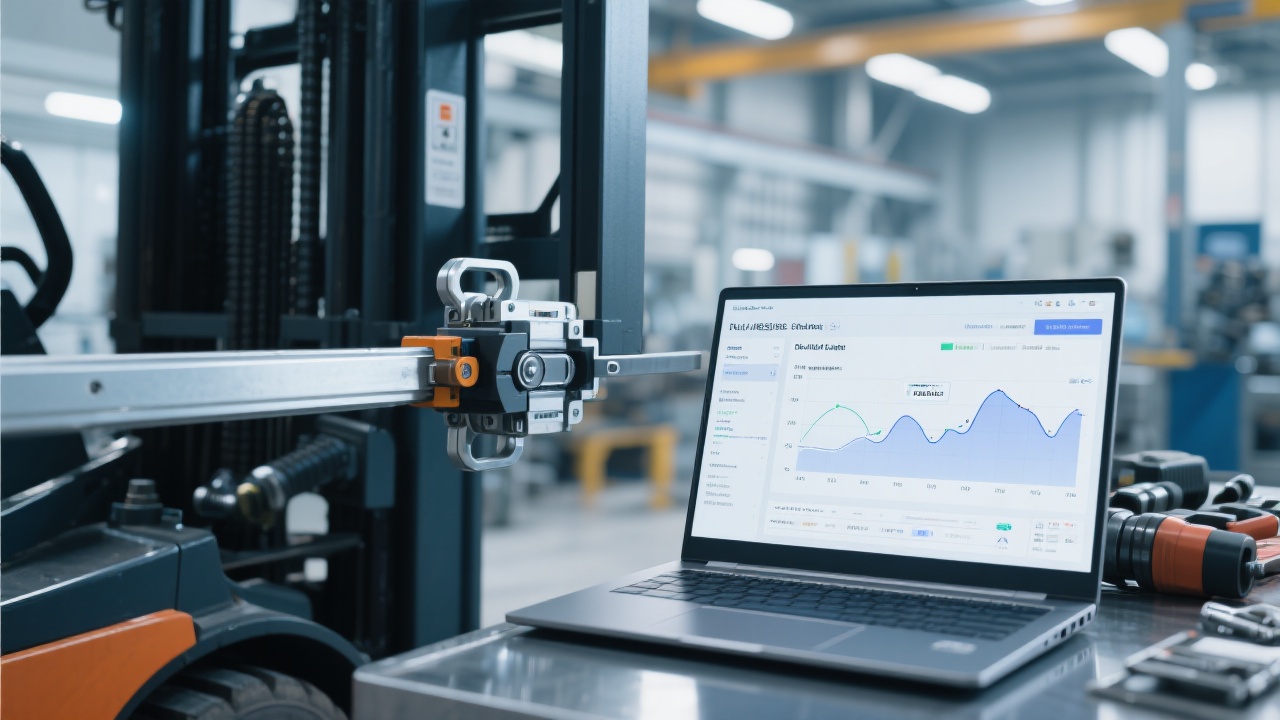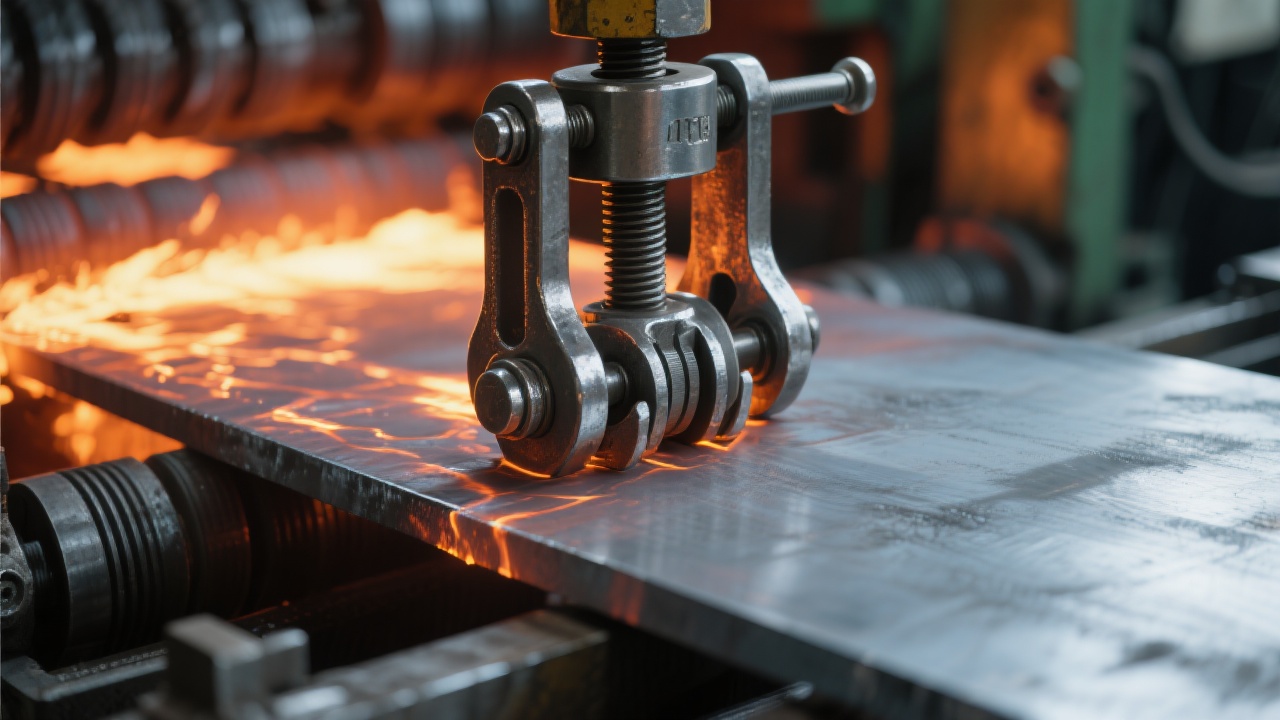
In the era of Industry 4.0, steel manufacturers face mounting pressure to enhance operational efficiency and asset reliability. Among critical equipment, industrial fixtures—especially slab clamps—require meticulous lifecycle management to minimize downtime and maximize throughput. This article explores a proven digital management process demonstrated by Dalian Taiding Heavy Industry, leveraging PDM platforms (Teamcenter) and MSC NASTRAN simulation to streamline the full journey—from design standardization to field maintenance.
Historically, fixture management depended on manual documentation and siloed data, leading to inconsistencies, delayed fault detection, and inefficient repairs. With over 1,100 slab clamp units delivered worldwide, Taiding’s experience underscores how analog methods constrain scalability and agility amidst increasing production complexity.
Digital transformation brings a paradigm shift by unifying data streams and enabling proactive lifecycle oversight, reducing fault rates and operational costs substantially.
Teamcenter PDM hosts centralized design data, ensuring up-to-date, version-controlled blueprints. This standardization eliminates redundant designs and enables cross-team collaboration with strict access controls. Knowledge retention through documented design rationale preserves institutional expertise even amid personnel transitions.
Applying MSC NASTRAN allows precise finite element analysis to simulate stress, thermal deformation, and extreme operating conditions. These virtual validations optimize component robustness before physical manufacturing, preventing costly field failures.
| Time Period | Avg. Failure Rate (%) | Downtime Reduction (%) |
|---|---|---|
| Pre-Digital (2018-2019) | 12.5 | - |
| Post-Digital (2020-2023) | 8.1 | 35% reduction |
The integration of IoT-enabled sensors feeds real-time operational data into the PDM platform, capturing usage cycles, stress exposure, and environmental factors. Maintenance teams access dashboards displaying historical and live insights, empowering data-driven decisions and timely interventions.
Comprehensive logging of repair records—materials replaced, technician notes, downtime—builds an accessible fixture knowledge base. This archive facilitates root cause analysis and refines future maintenance protocols, cutting retrial efforts by close to 40%.
Monthly cross-functional reviews analyze aggregated data to identify performance trends and improvement areas. The iterative process closes the quality loop, driving fixture design enhancements, manufacturing process tweaks, and maintenance guideline updates, sustaining improved reliability over time.

Advances in AI-powered predictive maintenance promise early fault detection beyond manual thresholds, forecasting component wear with high accuracy. Coupled with remote diagnostics via cloud platforms, on-site interventions become faster and more precise, minimizing unplanned production interruptions.
Moreover, collaborative digital knowledge bases facilitate sharing best practices across plants and suppliers, accelerating innovation in industrial fixture design and maintenance.

Interested in implementing a robust digital management strategy for your industrial fixtures? Download the “Fixture Digital Management Implementation Guide” now!


